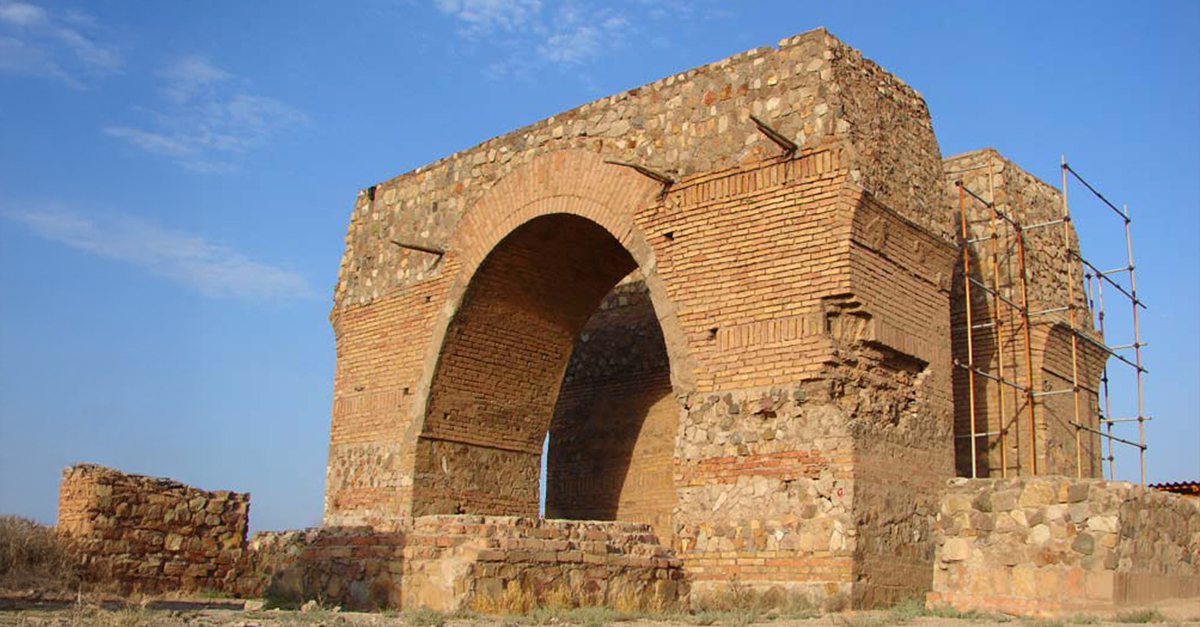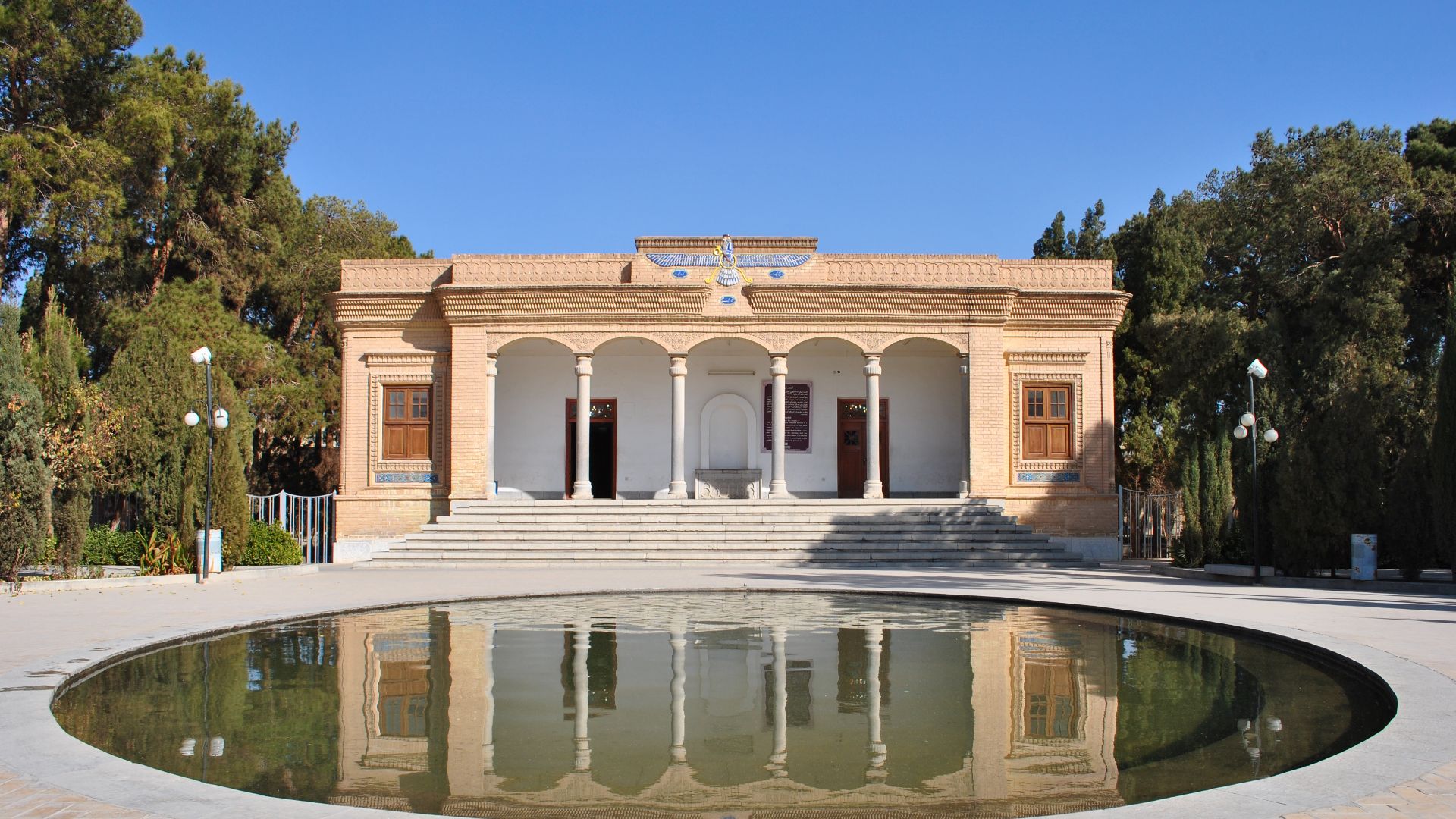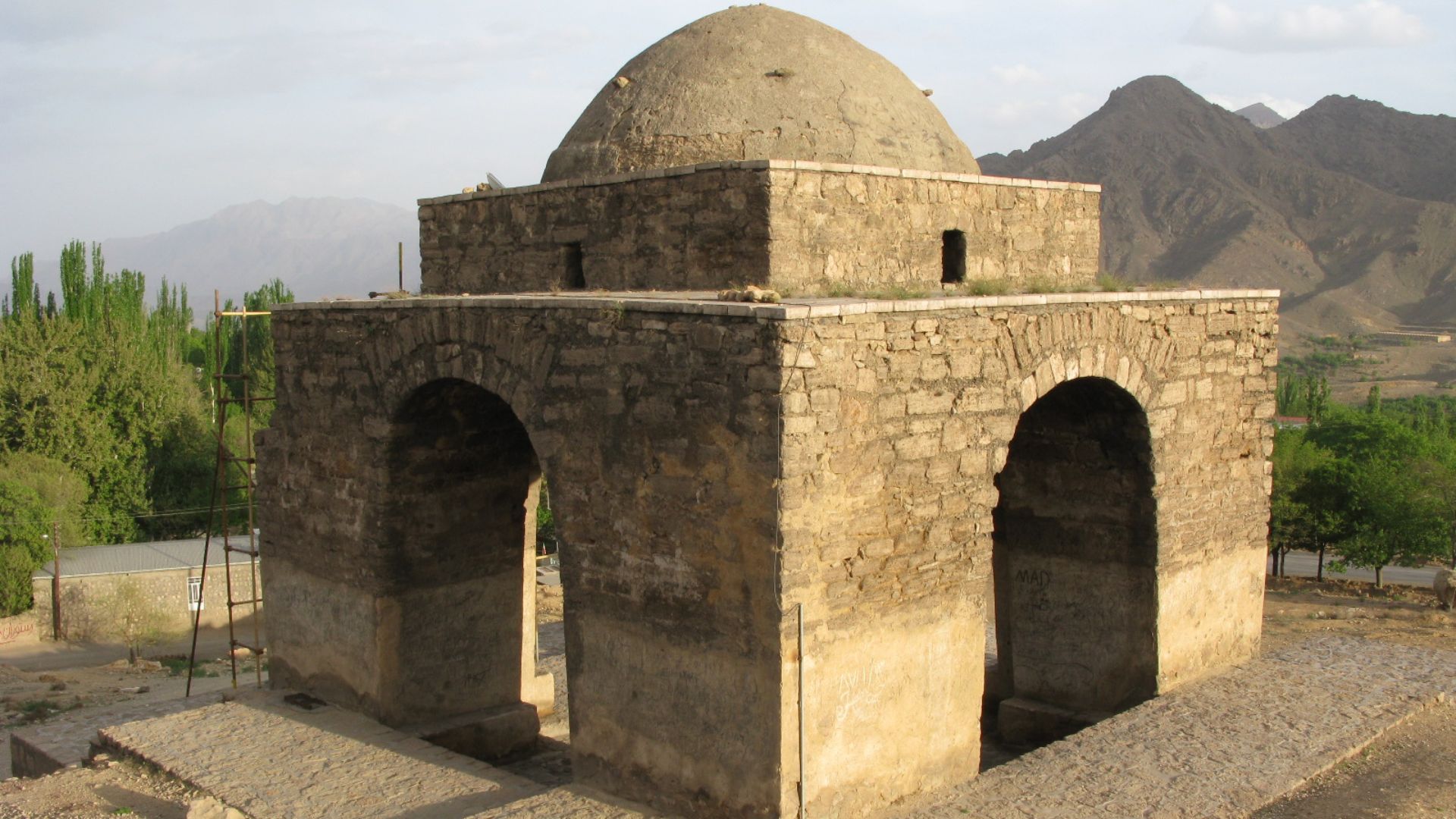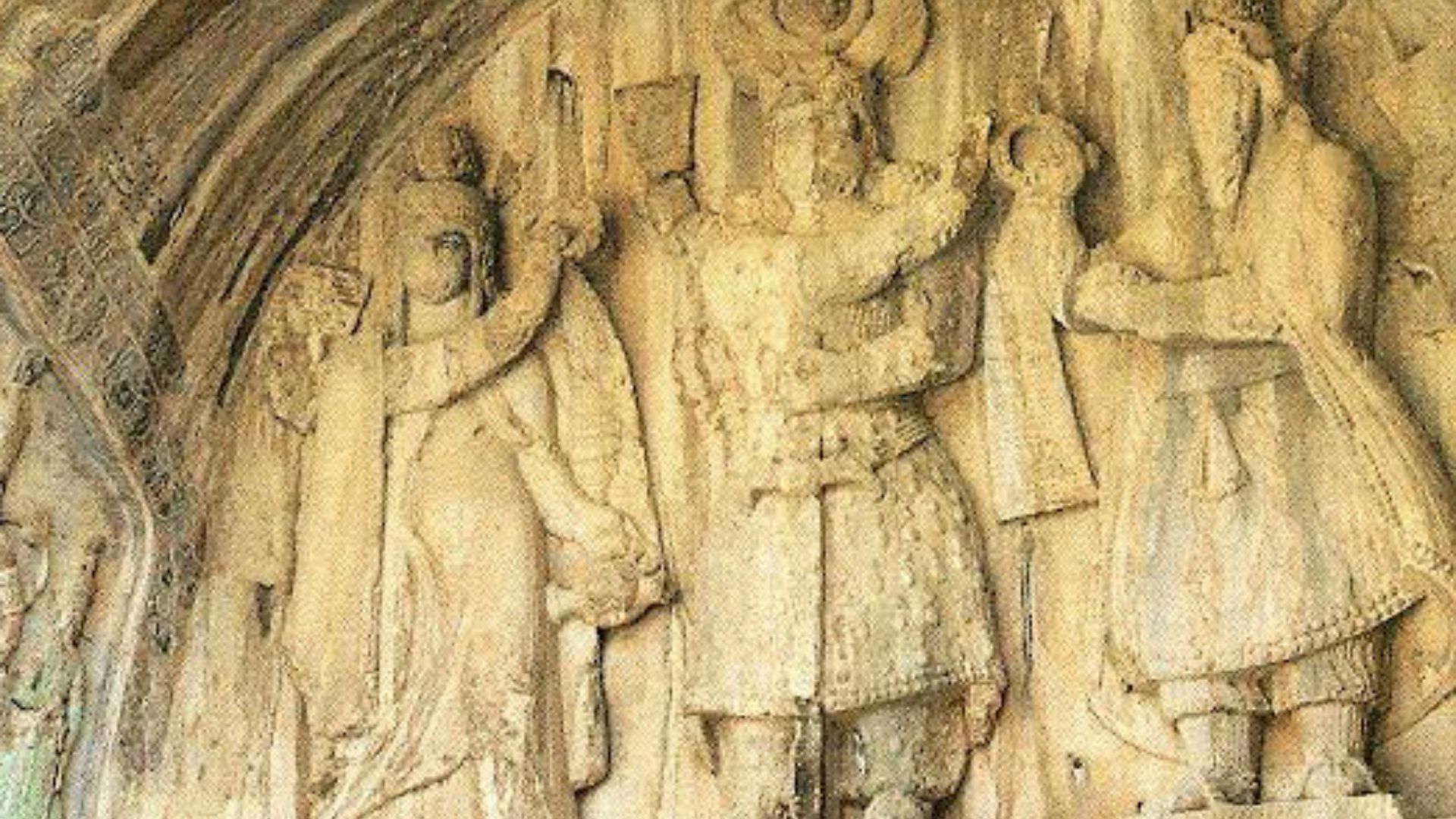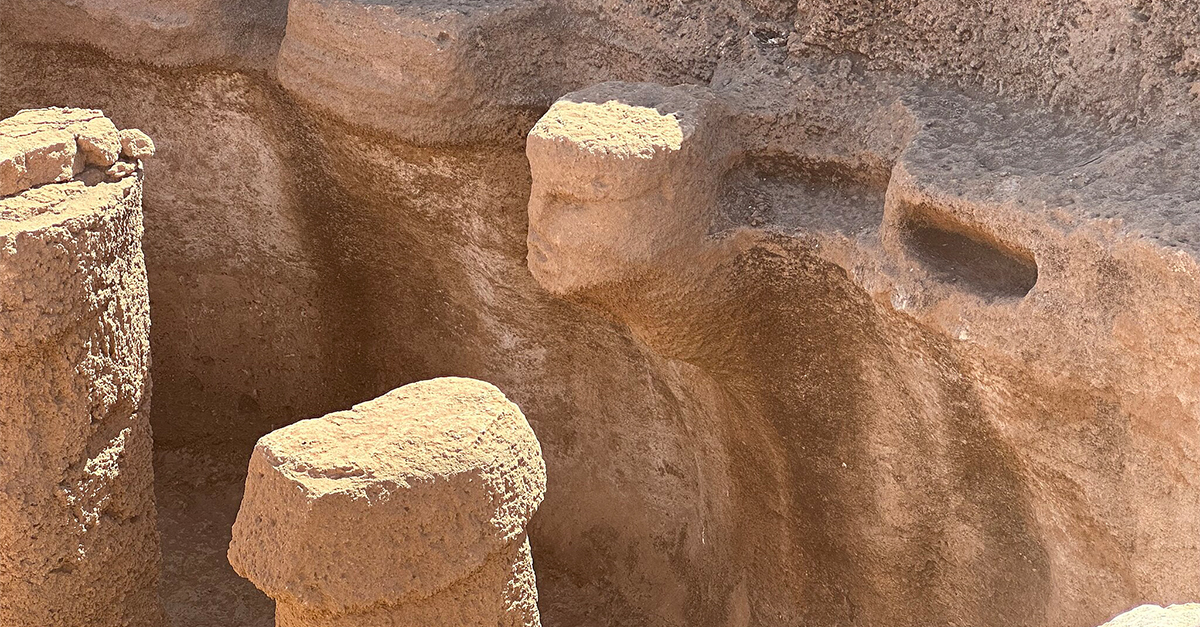A Hidden Sanctuary In Iran
In the rugged region of Khorasan Razavi, about 70 km from Mashhad in northeastern Iran, archaeologists uncovered the remains of what appears to be one of the largest Sassanid-era fire temples. The site spans roughly 20 hectares and includes ruined halls, columns, plaster inscriptions, and a cult architecture far from what’s considered the heartland of the Sassanids.
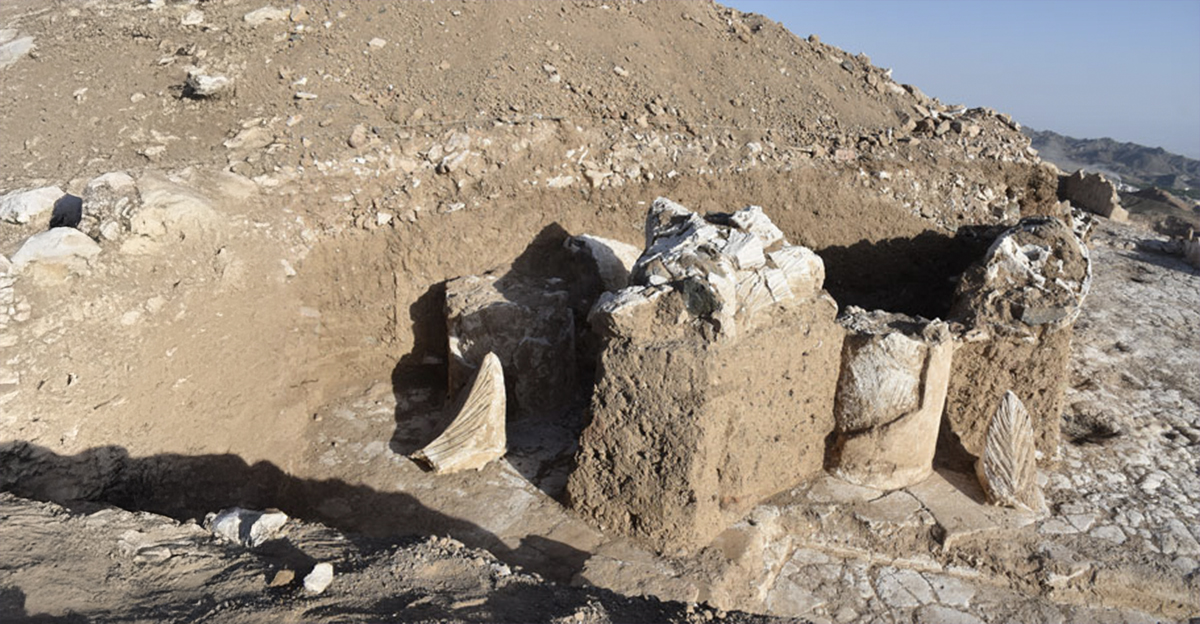
Locating Bazeh Hur
The amazing archaeological complex near the village of Bazeh Hur (sometimes called Robat-e Sefid) sits snuggled in a valley in northeastern Iran. The remote location, long known to local scholars, is now recognized as a major Zoroastrian religious centre during the Sassanid period (224–651 AD).
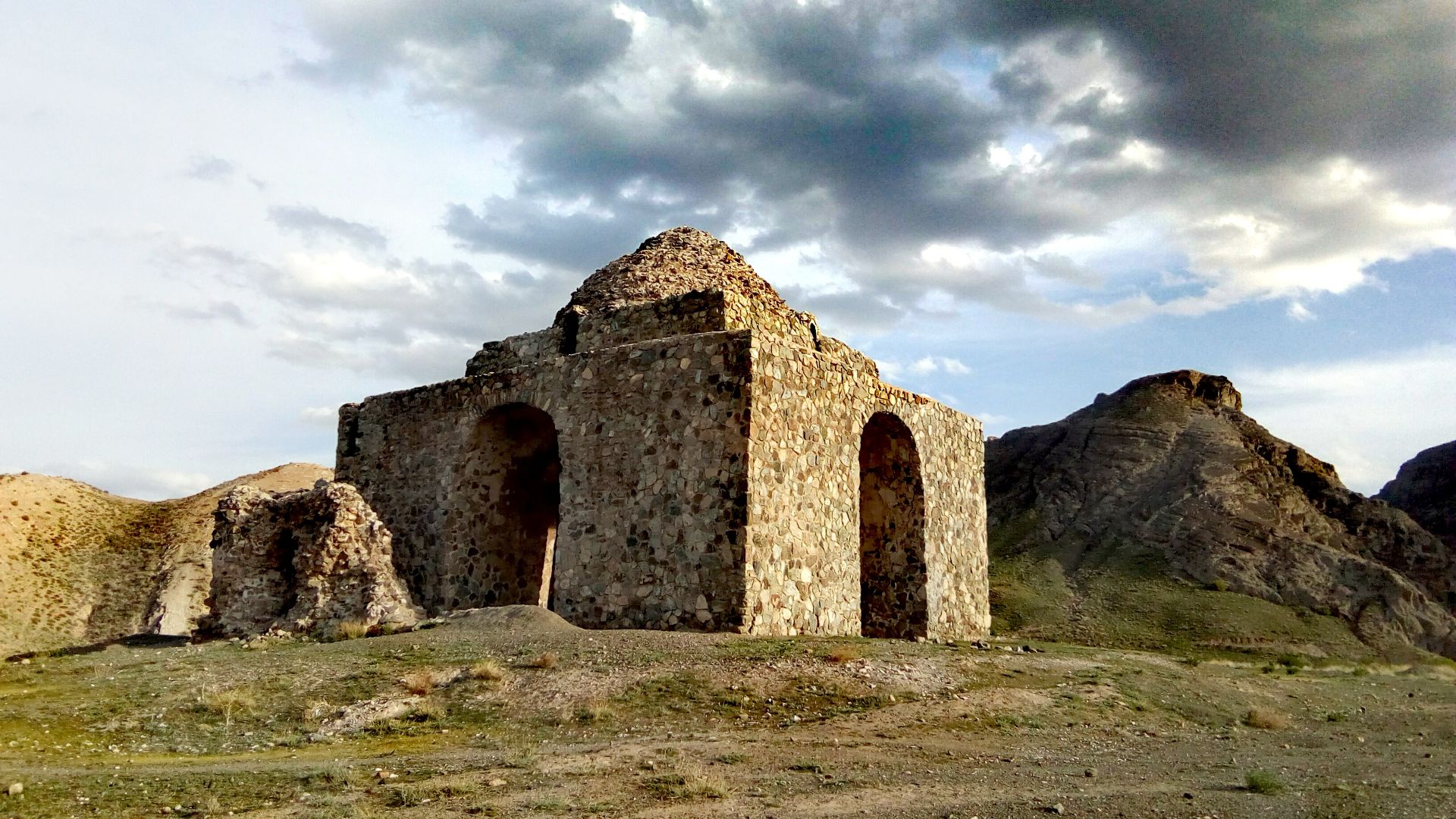 Fatima Kowkabi, Wikimedia Commons
Fatima Kowkabi, Wikimedia Commons
What Is A Fire Temple?
A fire temple is a Zoroastrian house of worship devoted to the sacred element of fire (atar), symbolizing purity and divine presence. In these sanctuaries, an eternal flame is tended to by priests, who perform various rituals to maintain its purity. The priests help worshippers engage with the sacred through prayer and fire worship. These customs date from the early days of the Zoroastrian faith in the sixth century BC.
 Antoine Taveneaux, Wikimedia Commons
Antoine Taveneaux, Wikimedia Commons
Why Were Fire Temples Important?
Fire temples were central to the religious and social life of Zoroastrian communities, particularly in the Sassanid Empire, where they also formed part of the spiritual bedrock of imperial and cultural identity. With characteristic features like a domed sanctuary and fire-altar, the fire temple acted as a pilgrimage destination, a symbol of spiritual continuity, and a central influence for religious architecture in ancient Persia.
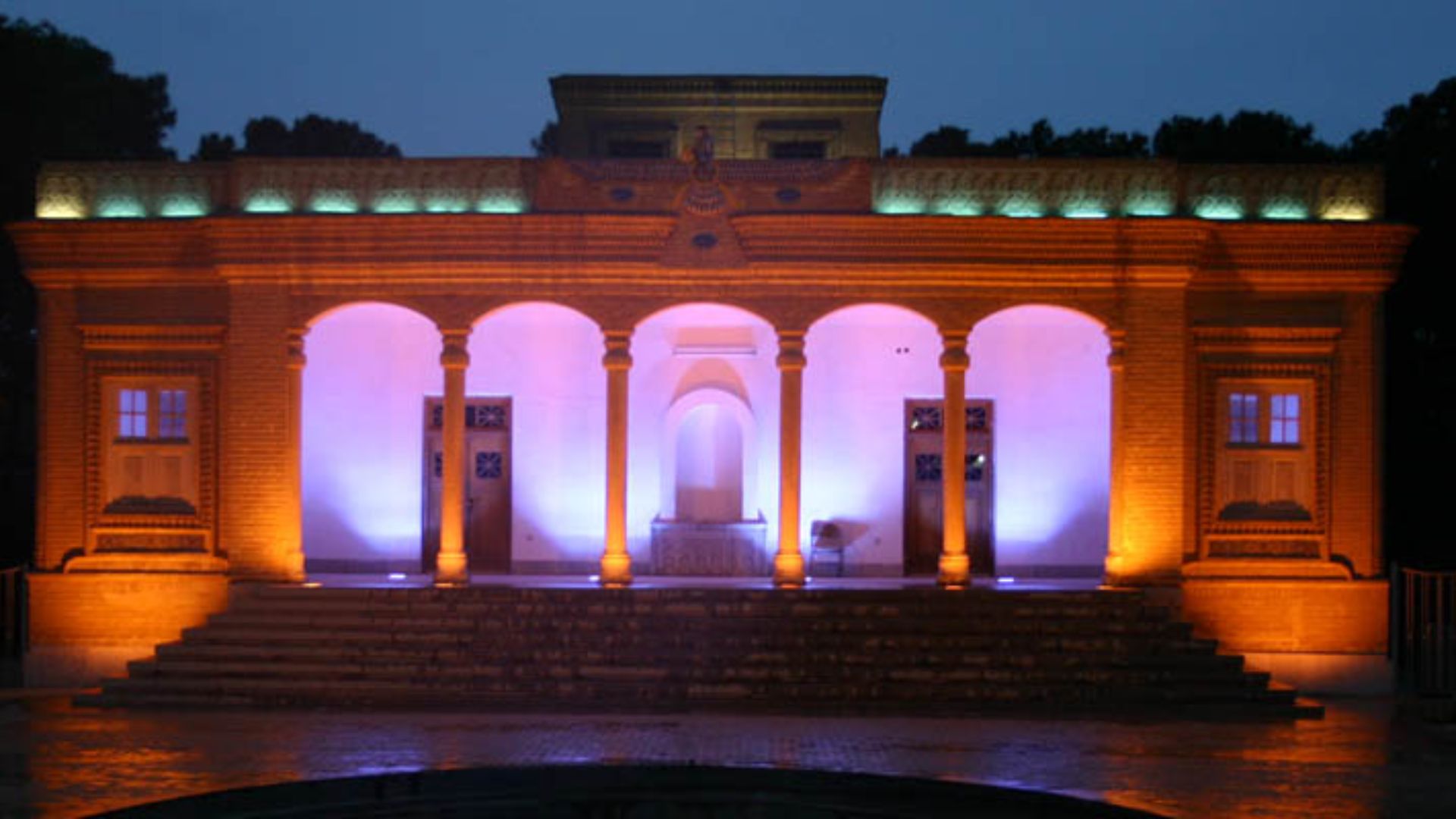 Original uploader (WT-fr) Fabienkhan at French Wikivoyage, Wikimedia Commons
Original uploader (WT-fr) Fabienkhan at French Wikivoyage, Wikimedia Commons
The Sassanid Empire
The Sassanid Empire was the last great Persian dynasty before the Islamic conquests, ruling from 224 to 651 AD. Centered in modern-day Iran, the empire made Zoroastrianism its state religion and were rivals to Rome and later Byzantium. Known for their architectural innovations, and patronage of art and science, the Sassanids helped define the political and cultural identity of Persia for generations to come.
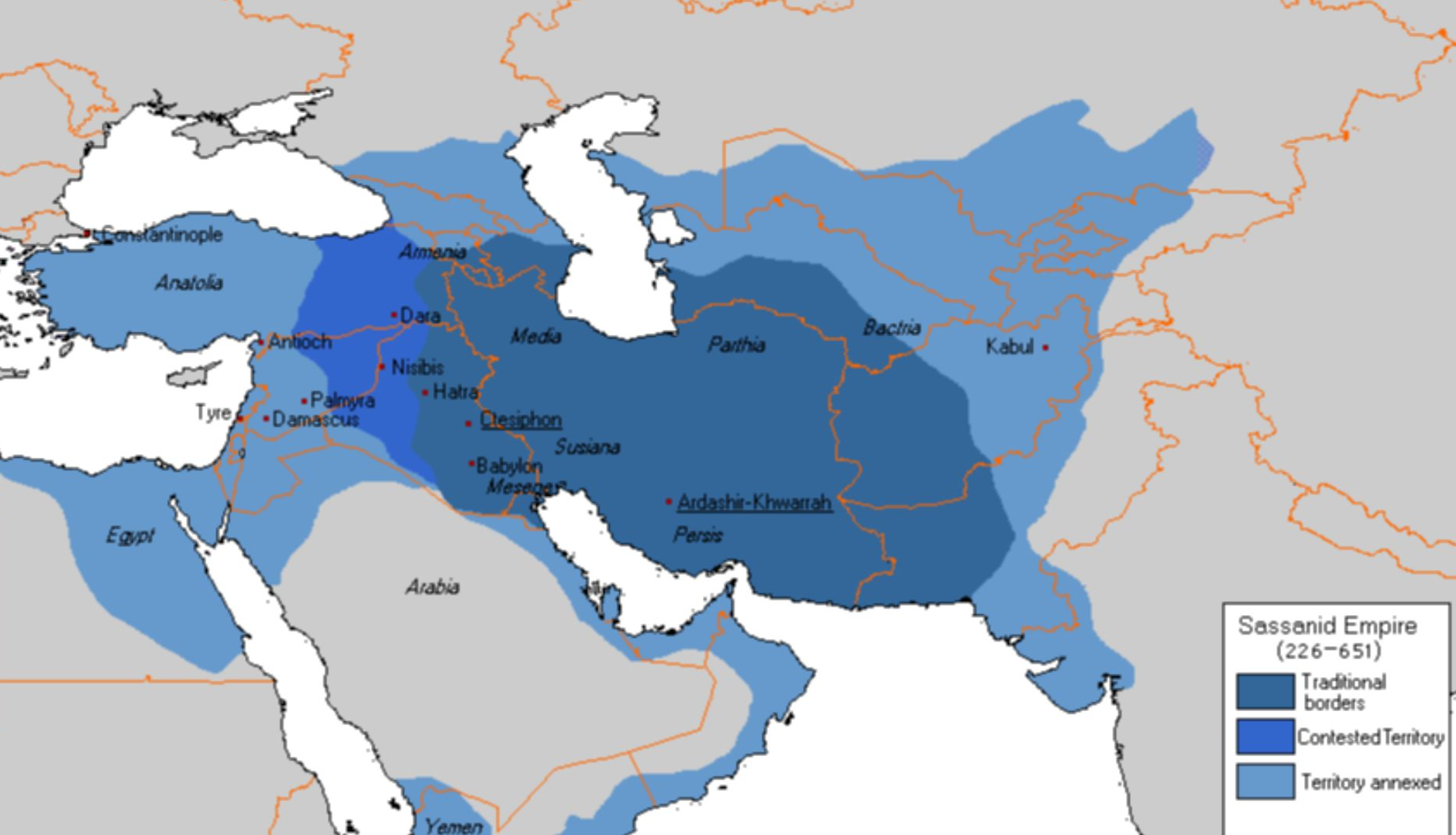 Arab League at English Wikipedia / (Original text : User:Arab League), Wikimedia Commons
Arab League at English Wikipedia / (Original text : User:Arab League), Wikimedia Commons
The Third-Greatest Fire Temple
Researchers describe the new discovery as possibly the third-largest fire temple of its era in Iran. The scale, architectural ornamentation and inscriptions offer hints that it ranked next to the famed Atash Bahram sites of the city of Yazd.
Architectural Highlights: Columns & Plaster
Excavation teams revealed carved plaster reliefs, Pahlavi-script inscriptions, and columned halls. These decorative details are an unmistakable reflection of the elevated status of the temple, confirming a high level of workmanship in the ancient Sassanid east.
 Osama Shukir Muhammed Amin FRCP(Glasg), Wikimedia Commons
Osama Shukir Muhammed Amin FRCP(Glasg), Wikimedia Commons
The Chahartāq Plan And Sacred Fire
The main hall exhibits a 'chahartāq' (four-arched) structure. This is a textbook feature of fire temple architecture, from which a central sacred fire would have been tended. The building layout reinforces its function as a hallowed religious centre.
Continuity Across Ages
Pottery and glass fragments found at this site span from Parthian times through the early Islamic period. These discoveries also suggest that the temple remained active, or reused, well after the fall of the Sassanids, adding a new wrinkle of complexity to the cultural narrative.
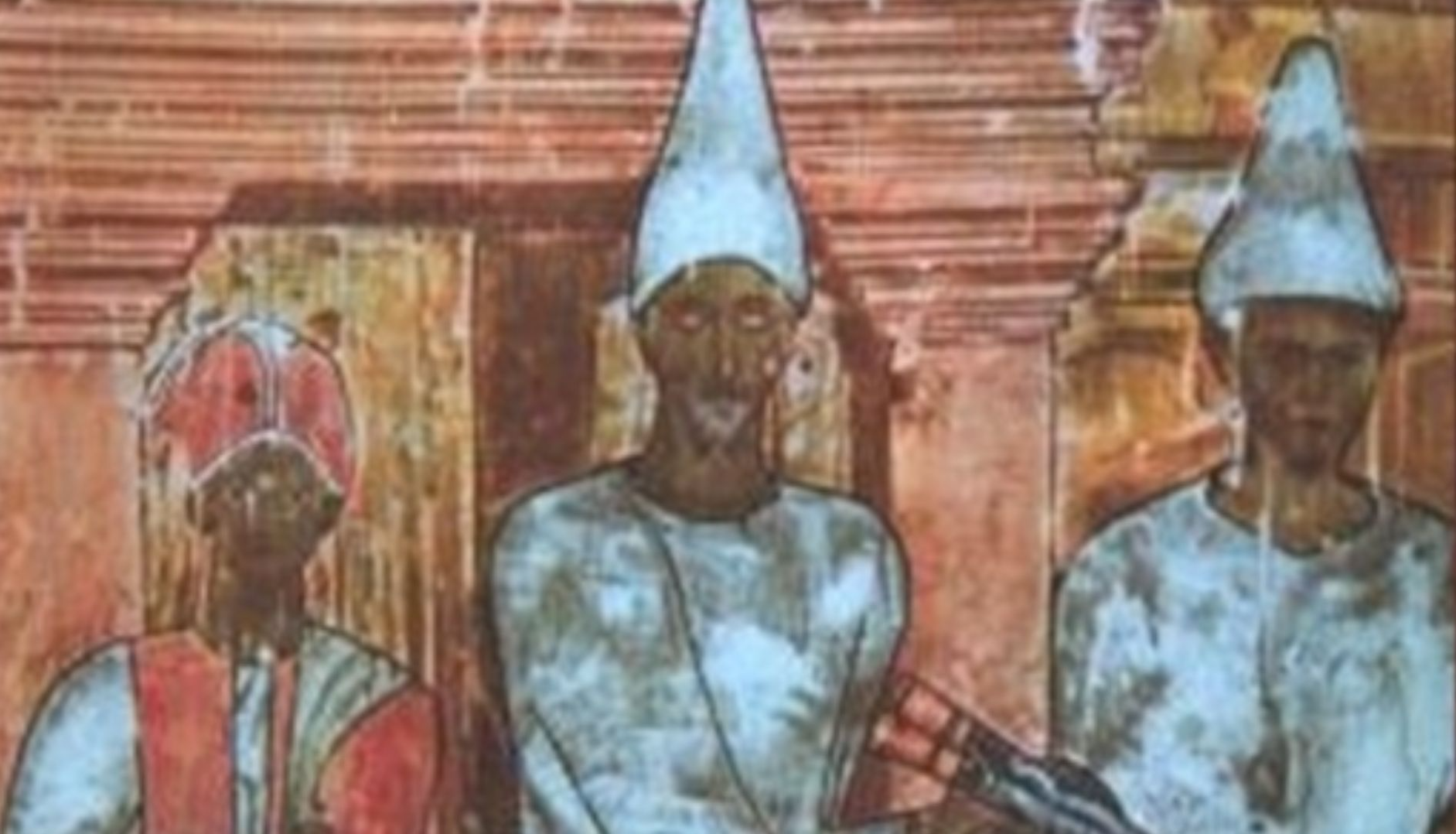 Unknown authorUnknown author, Wikimedia Commons
Unknown authorUnknown author, Wikimedia Commons
Zoroastrian Worship At The Edge Of Empire
The temple once housed a sacred fire, the blazing embodiment of divine presence in the Zoroastrian belief system. Its location far from the Persian heartland shows the reach of Sassanid religious influence.
 Bernard Gagnon, Wikimedia Commons
Bernard Gagnon, Wikimedia Commons
Wall Paintings & Ritual Scenes
Excavators found traces of wall paintings depicting hunting scenes, noble figures, and ritual ceremonies, giving us a rare insight into Sassanid religious imagery in the region’s remote frontier hinterlands.
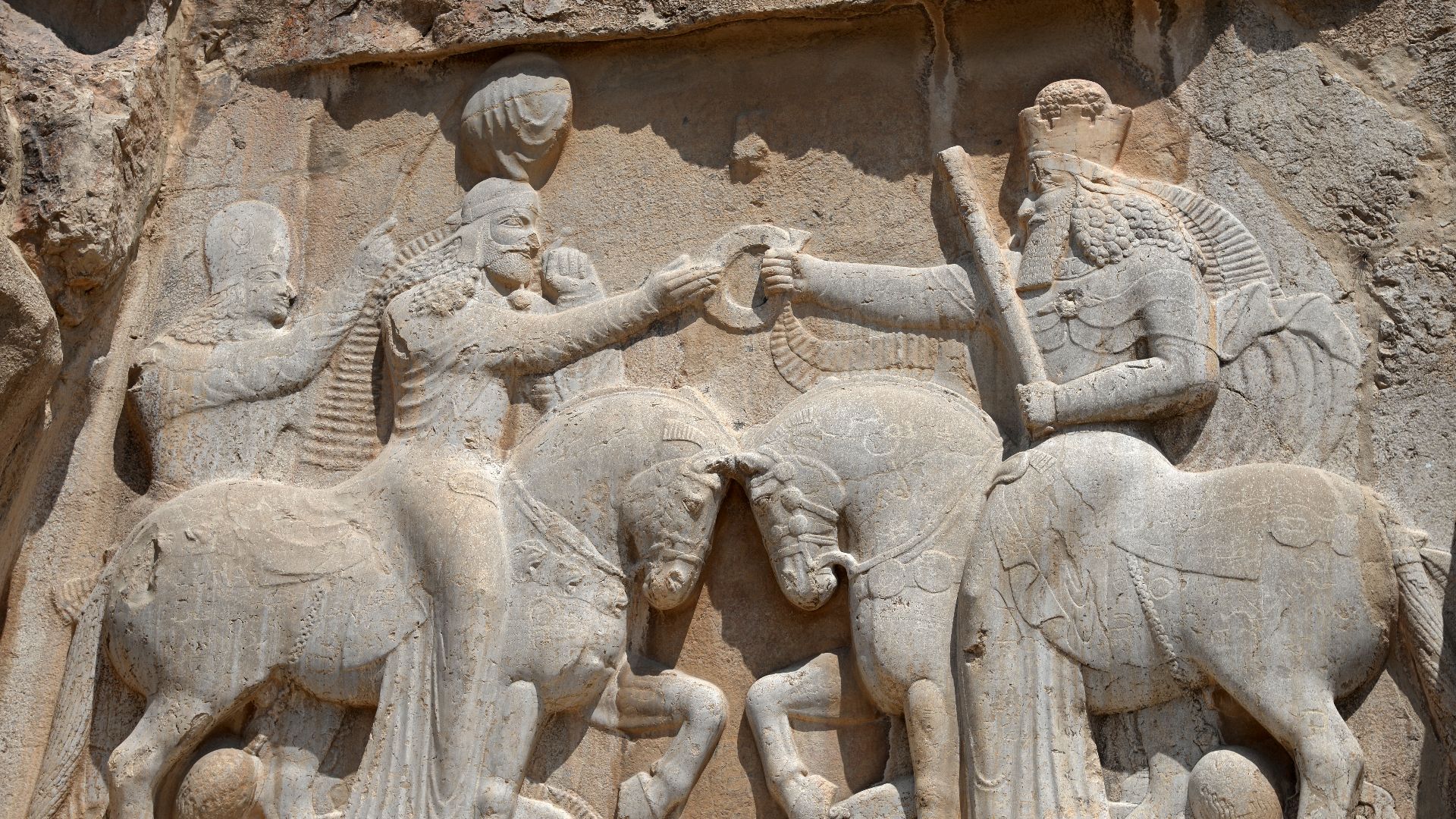 Wojciech Kocot, Wikimedia Commons
Wojciech Kocot, Wikimedia Commons
A Catastrophic End?
The evidence suggests that this fire temple, and the thriving settlement around it, was destroyed or abandoned after a catastrophic earthquake. The collapse preserved many features but the cataclysm ended the temple’s active use.
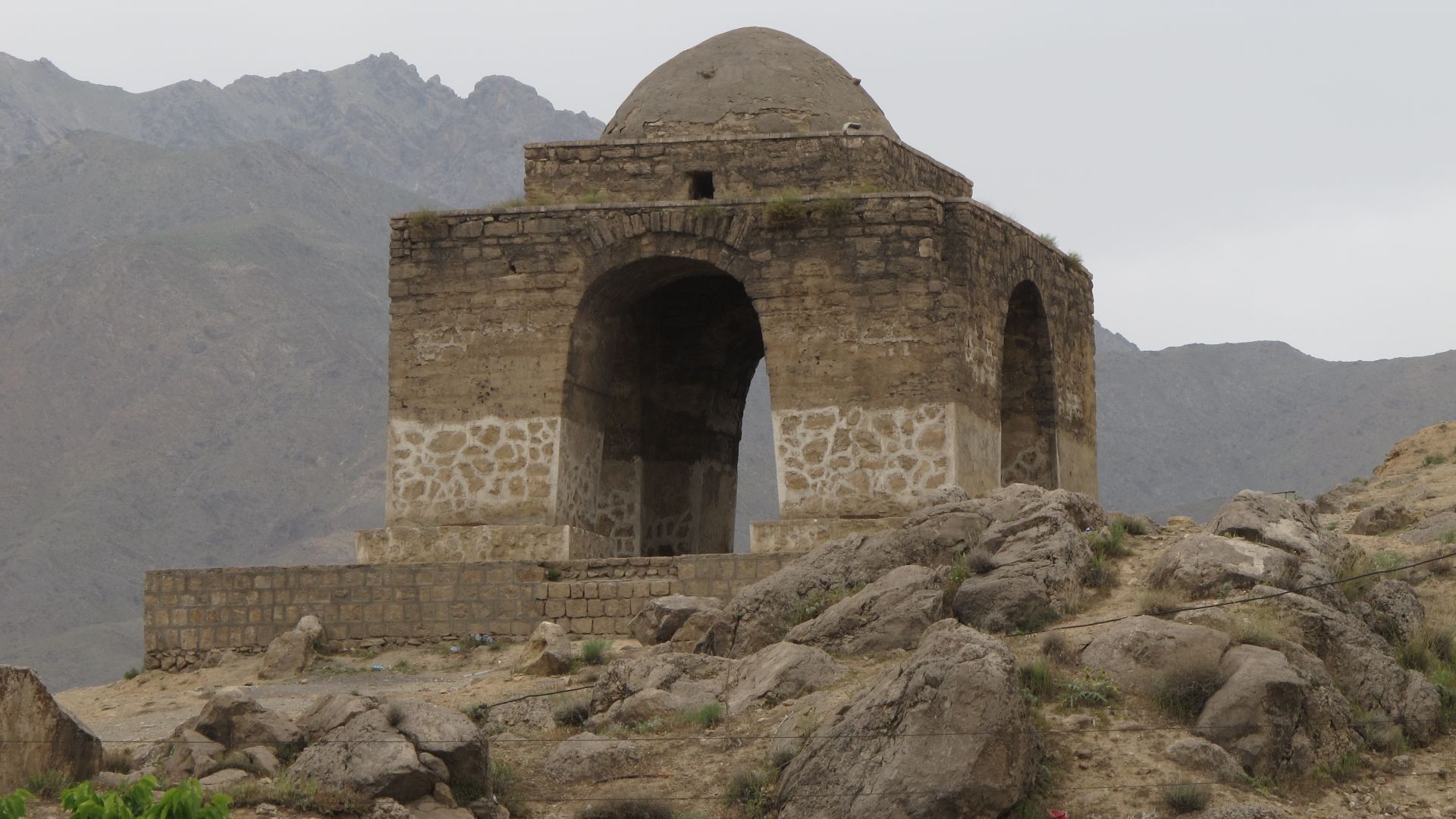 Mehrab Pourfaraj from Rasht, Iran, Wikimedia Commons
Mehrab Pourfaraj from Rasht, Iran, Wikimedia Commons
Archaeological Seasons & Leadership
This site has been excavated over several seasons under the watchful supervision of Iranian archaeologist Meysam Labbaf-Khaniki. His team has worked tirelessly to bring the site from being litte more than a local curiosity to what it is now: a nationally recognized piece of the country’s cultural traditions.
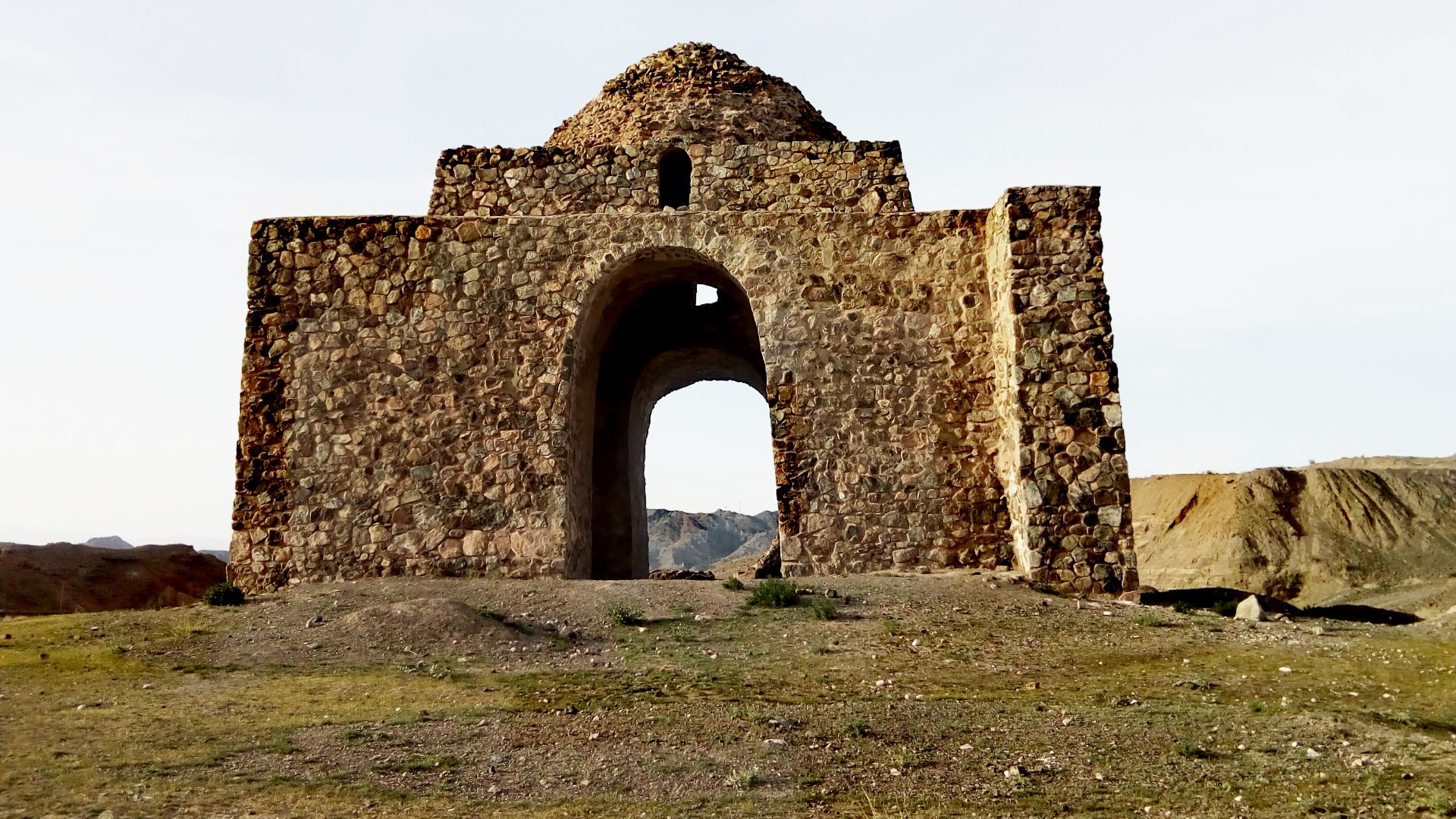 Fatima Kowkabi, Wikimedia Commons
Fatima Kowkabi, Wikimedia Commons
Why This Discovery Matters
This find significantly improves our understanding of Sassanid architecture, regional influence, and Zoroastrian ritual geography. It challenges the earlier assumptions we used to cling to: that major fire temples were confined only to central Persia. Clearly this discovery has opened up new lines of inquiry in its field.
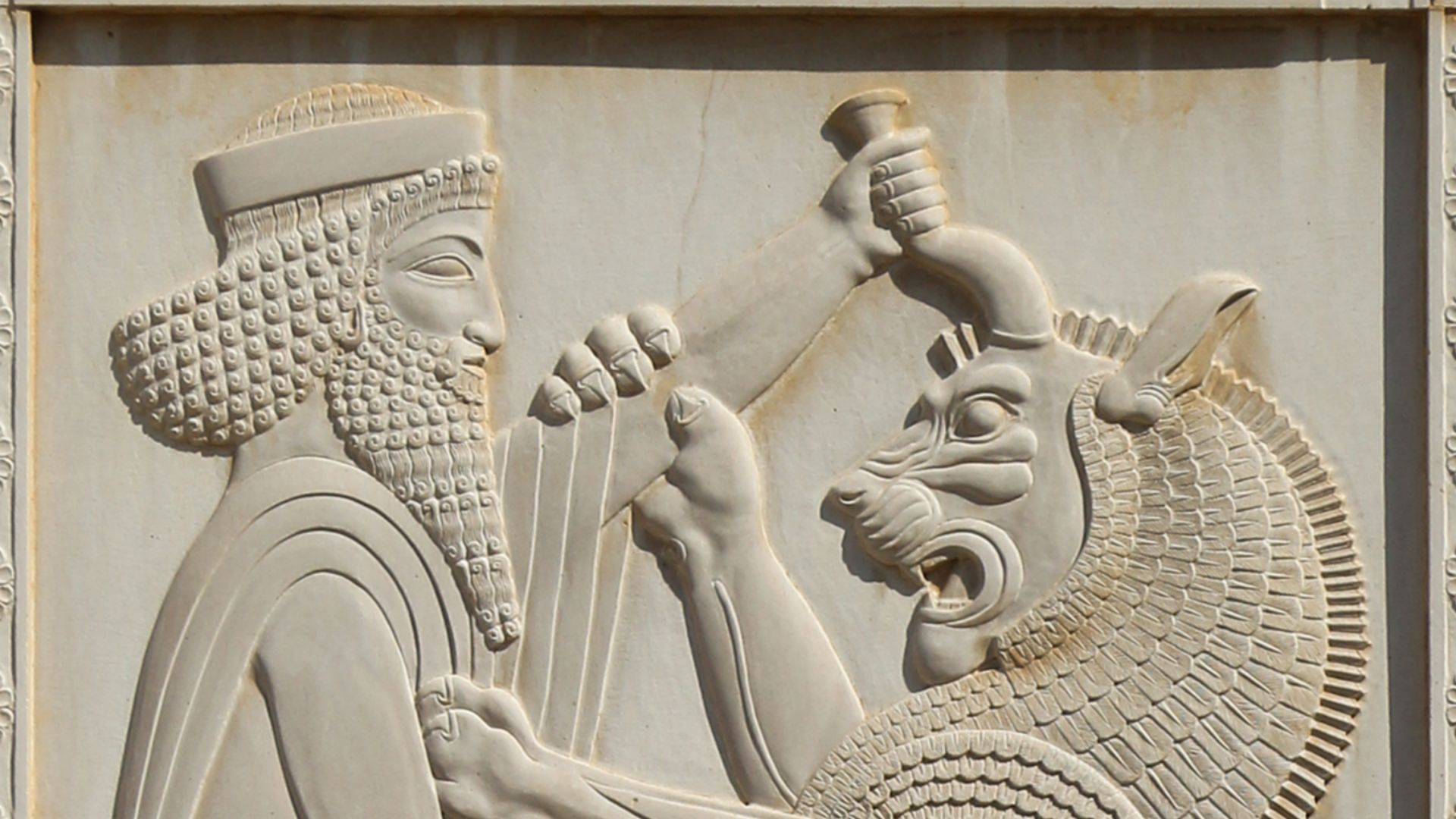 Bernard Gagnon, Wikimedia Commons
Bernard Gagnon, Wikimedia Commons
Travel & Heritage Opportunity
For those travelers who really want to get off the beaten track, the valley around Bazeh Hur offers a tangible link to the splendors of Sassanid Iran: rust-colored ruins against mountain backdrops, looming monumental architecture, and the fascination of early Zoroastrian worship. Preservation efforts are underway.
Conservation Challenges
The remote location and limited infrastructure make protecting the site a challenge. The delicate stucco and Pahlavi inscriptions are prone to weathering and the damage that comes from careless humans. Archaeologists are putting out an urgent call for conservation of the sacred site.
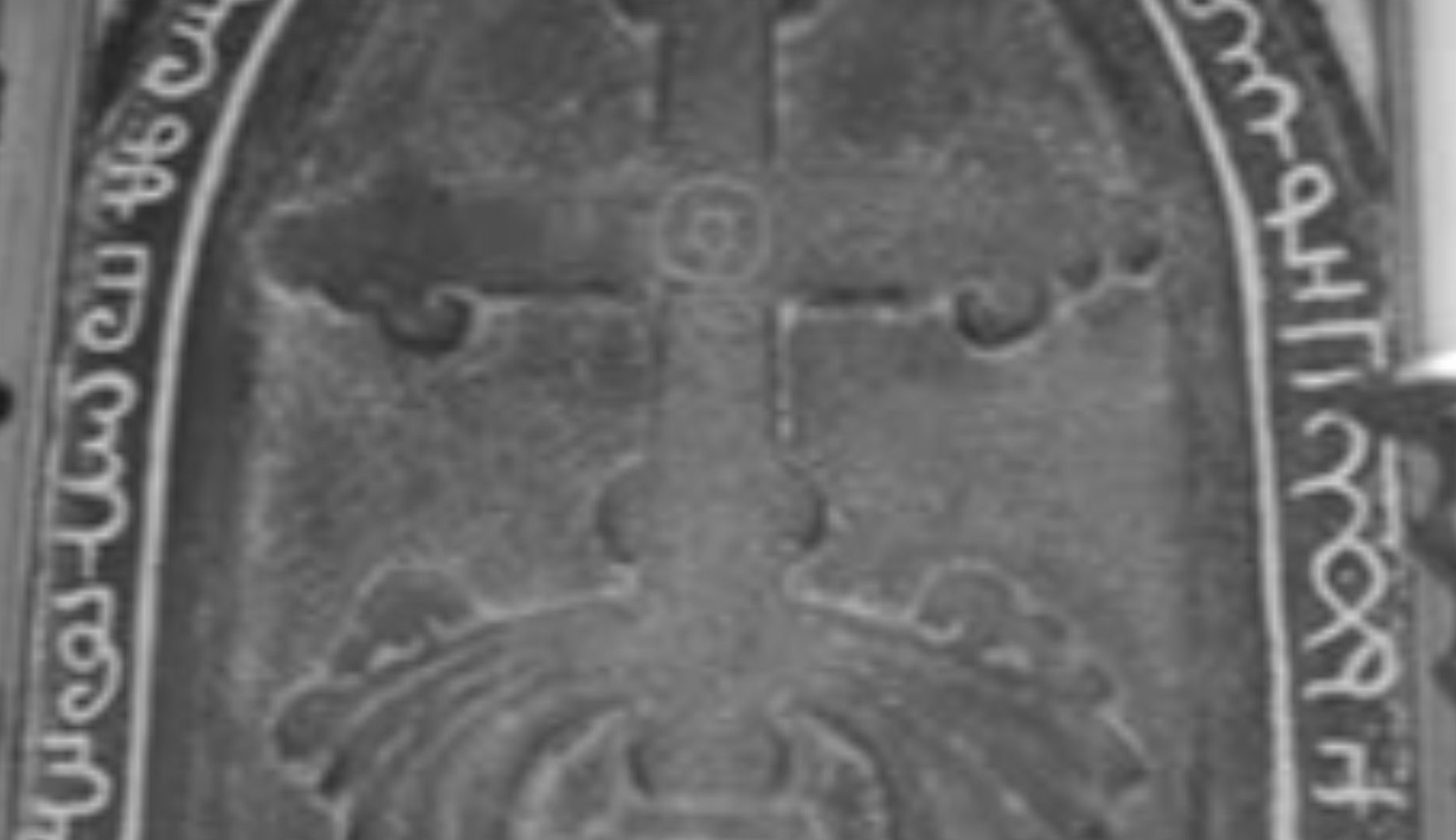 Unknown authorUnknown author, Wikimedia Commons
Unknown authorUnknown author, Wikimedia Commons
What It Reveals About The East
This fire temple conclusively shows the vast extent of the Sassanid Empire’s eastern reach. From urban centres to frontier valleys, sacred architecture played a role in the day-to-day life of the people; not only on the spiritual level, but the political realm as well. It was all part of a system that reinforced imperial legitimacy in a far-flung land.
 Fatima Kowkabi, Wikimedia Commons
Fatima Kowkabi, Wikimedia Commons
Practical Tips For Visitors
The area of research isn’t a major tourist hub; Bazeh Hur is accessible from Mashhad (Khorasan Razavi). Hiring a local guide, securing permissions beforehand, and arranging transport are all advisable for respectful and safe archaeological travel.
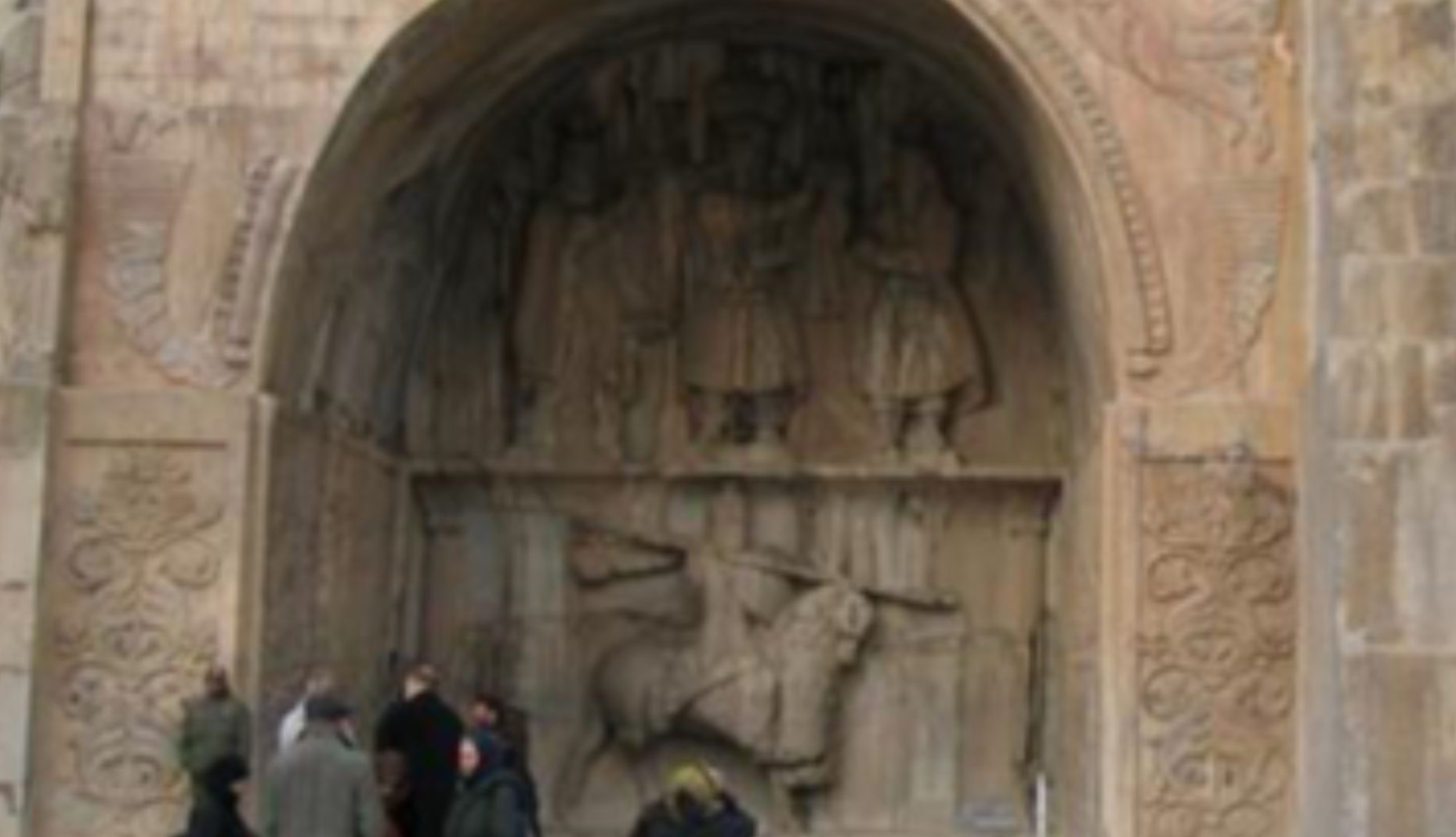 Livius: Taqe Bostan, Wikimedia Commons
Livius: Taqe Bostan, Wikimedia Commons
Symbolism Of Fire In Zoroastrianism
The sacred fire symbolized purity, illumination and divine presence in the Zoroastrian belief system. Temples like this one maintained the flame, held rituals and served as pilgrimage sites for believers across centuries of pre-Islamic Persia.
 Internet Archive Book Images, Wikimedia Commons
Internet Archive Book Images, Wikimedia Commons
Settlement & Cemetery Context
The temple complex is surrounded by the ruins of the settlement mentioned above. This also includes an ancient cemetery, indicating a settled, integrated, permanent religious community. The excavations suggest that priests, artisans and worshippers lived side-by-side, not in isolation.
 Dehghanpourpix, Wikimedia Commons
Dehghanpourpix, Wikimedia Commons
The Art Of The Sassanids: Eastern Expression
The stucco workmanship, painted imagery, and inscriptions of the fire temple reveal the Sassanid east didn’t simply copy central models, but actually developed its own artistic styles of expression. The findings enrich the global story of late antique art and architecture.
Why The Site Matters For Travel Lovers
For those who travel in search of ancient heritage where few tourists dare to tread, this fire temple offers rare access to Sassanid spirituality, frontier architecture, and spectacular Iranian landscapes. It’s a combination that’s not easy to find in mainstream travel itineraries.
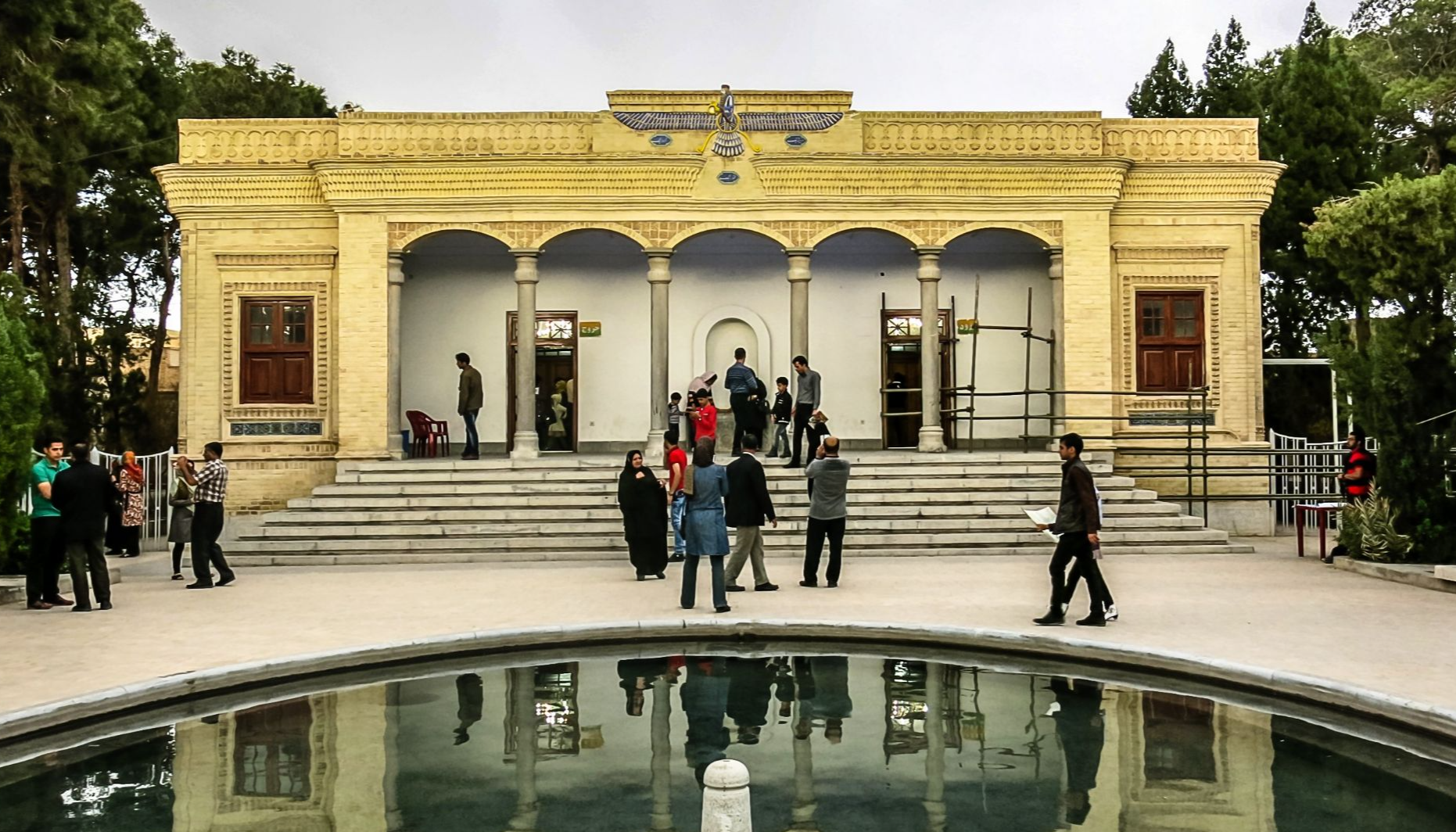 Hadi Karimi, Wikimedia Commons
Hadi Karimi, Wikimedia Commons
From Sacred Flame to Silent Ruin
The discovery at Bazeh Hur has transformed a dusty remote Iranian valley into a portal to the fascinating world of Sassanid Iran. Once alive with ritual, flame, and unshakable faith, the site now lies quiet, awaiting visitors who respect its colorful history. It just goes to show that even if empires fade away, their sacred spaces still endure.
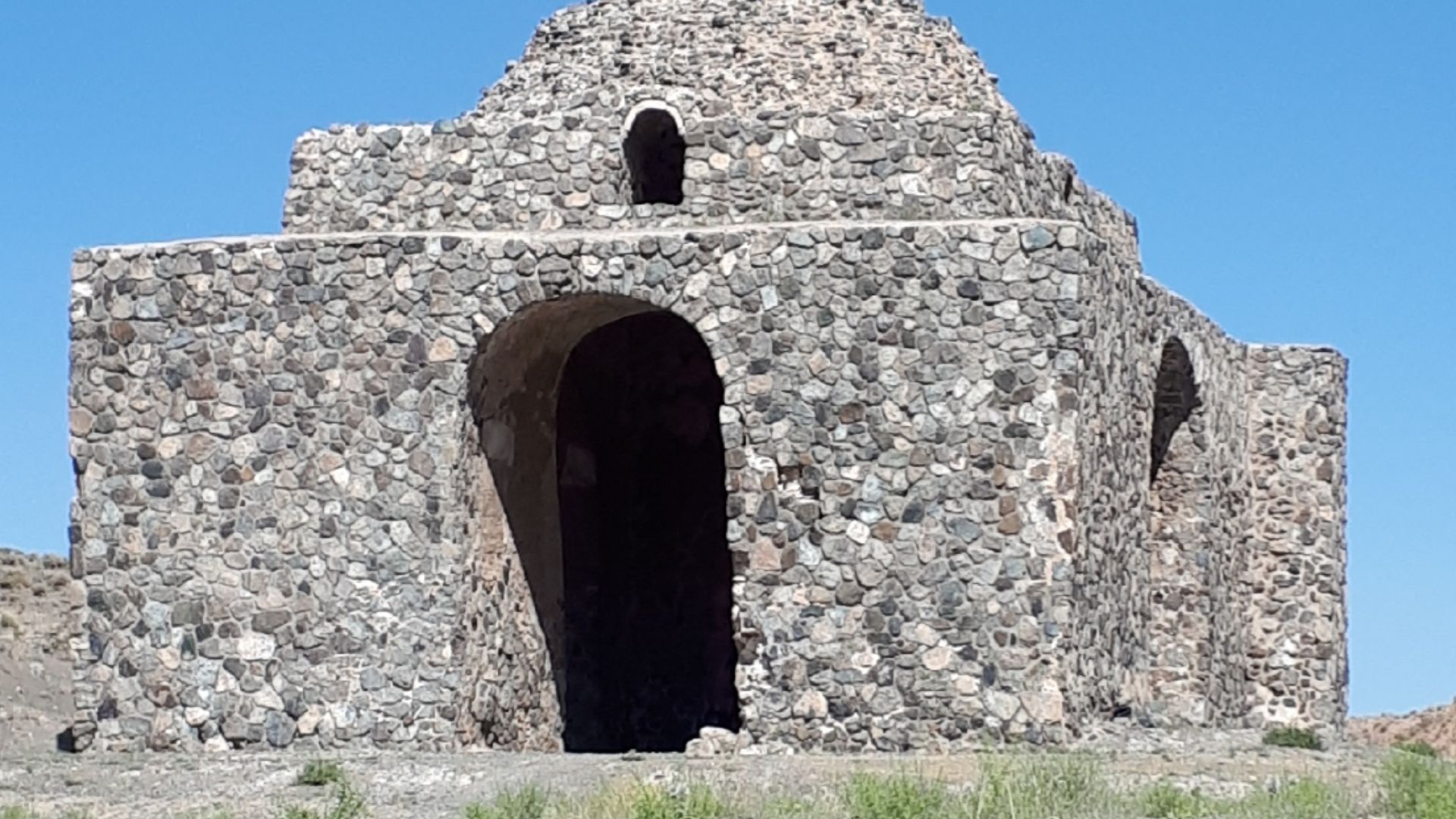 Faezeh Fatemizadeh, Wikimedia Commons
Faezeh Fatemizadeh, Wikimedia Commons
You May Also Like:

